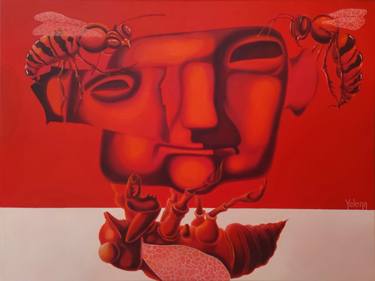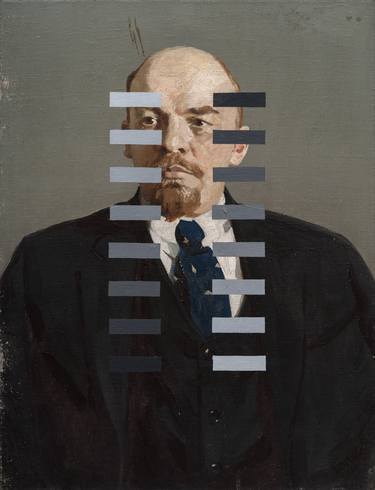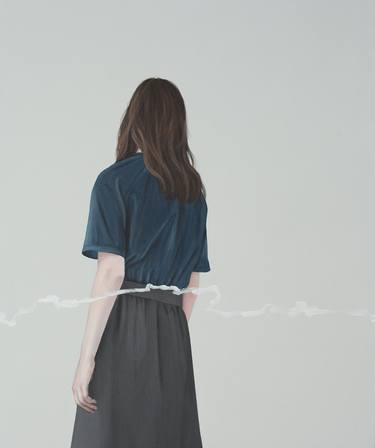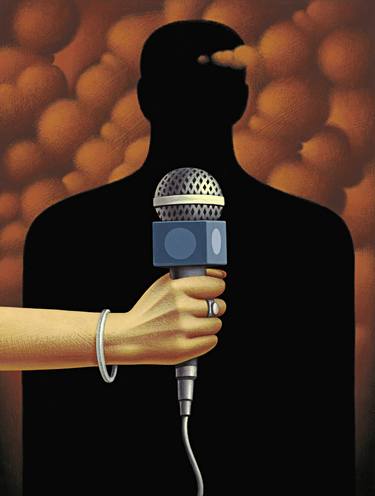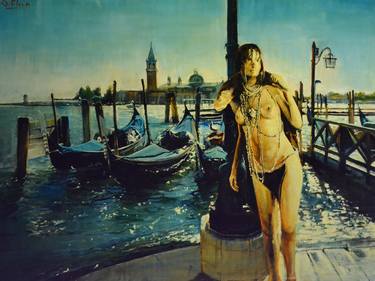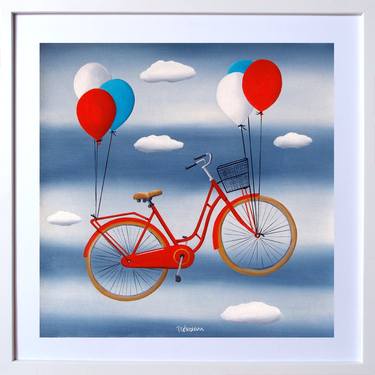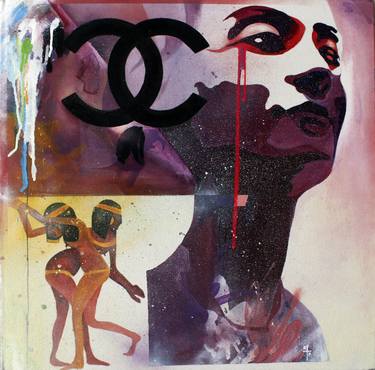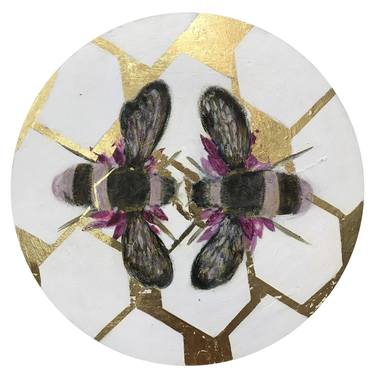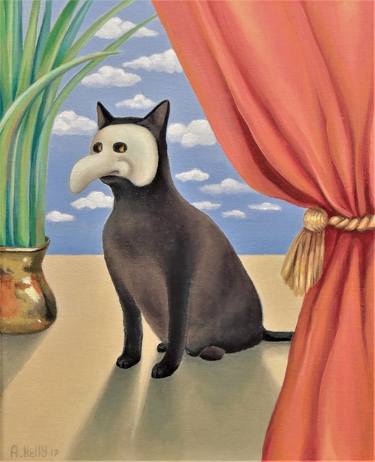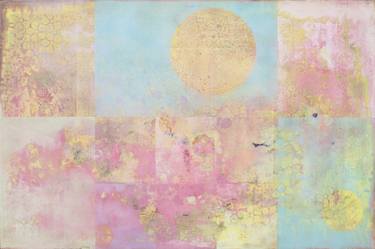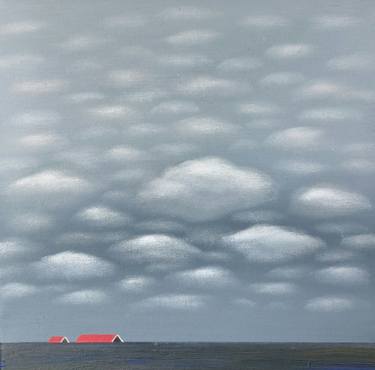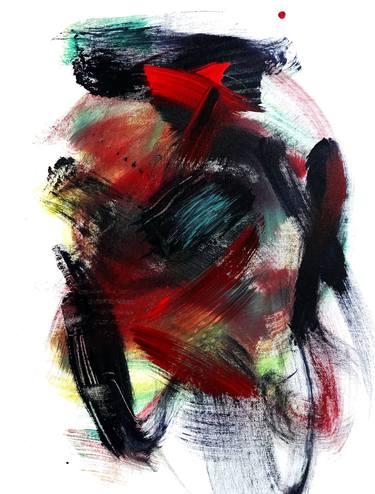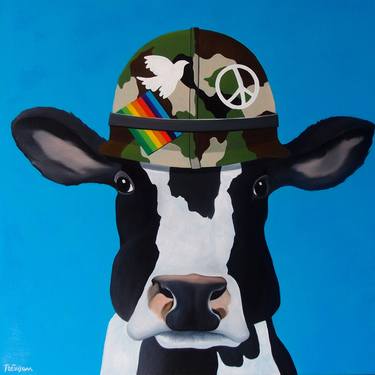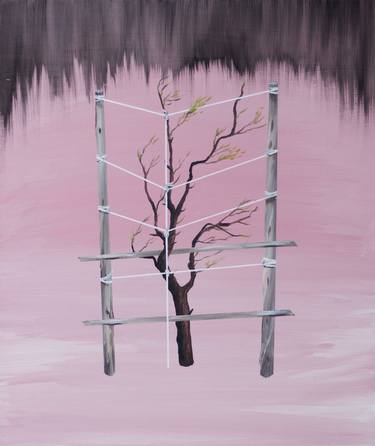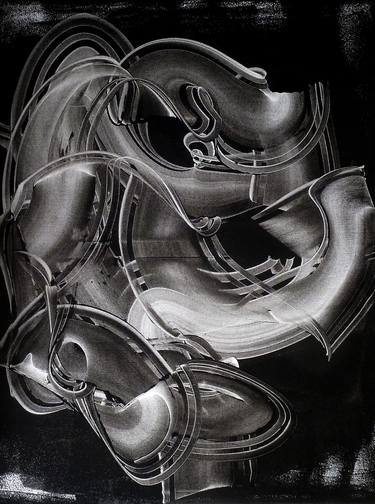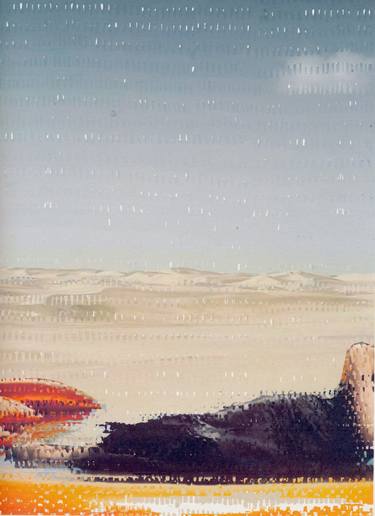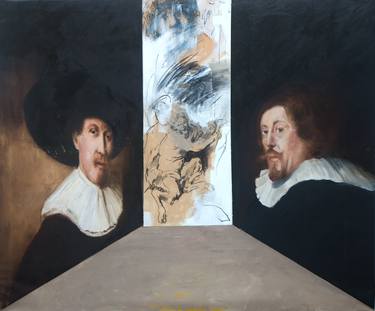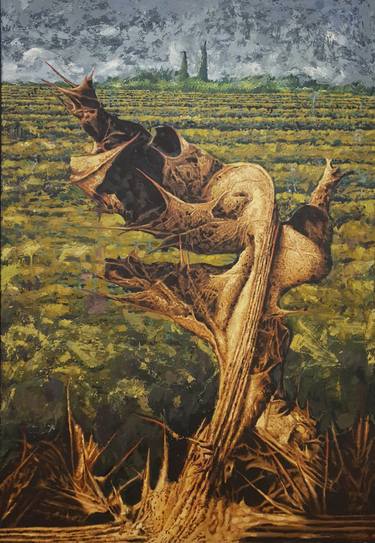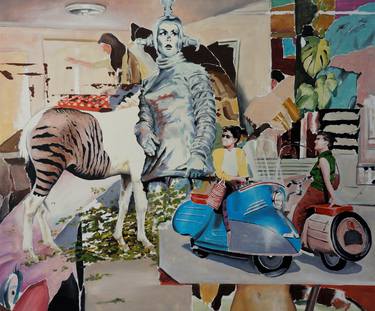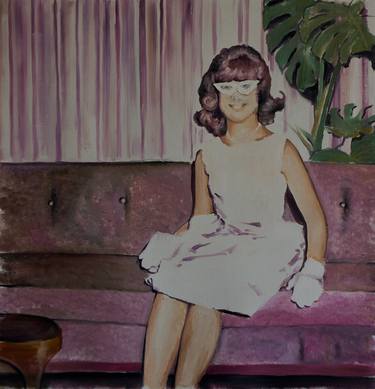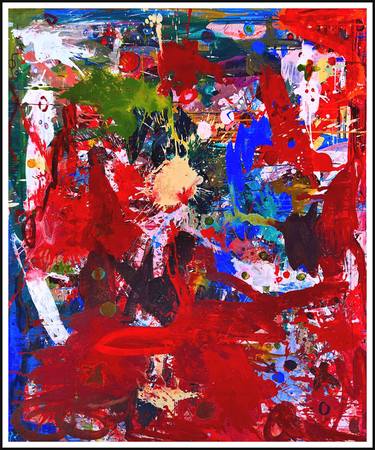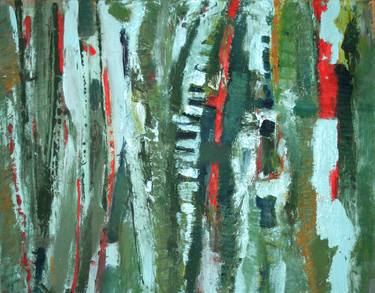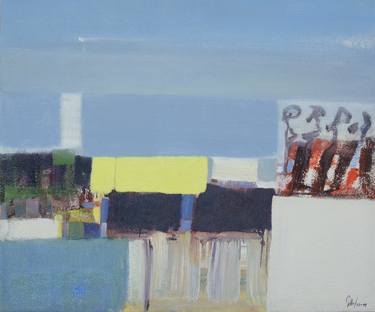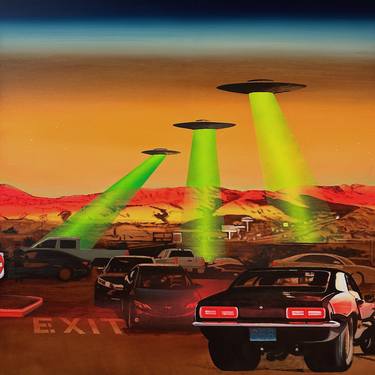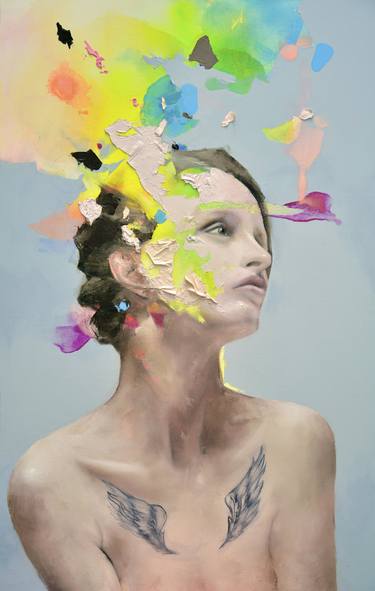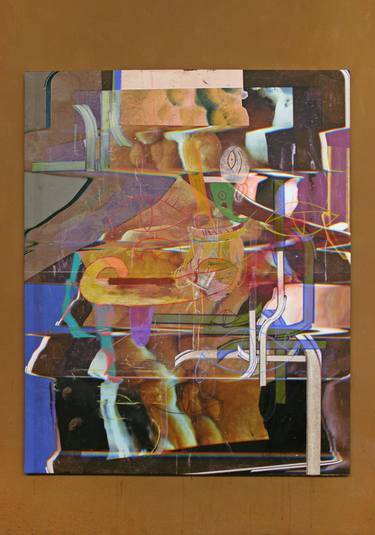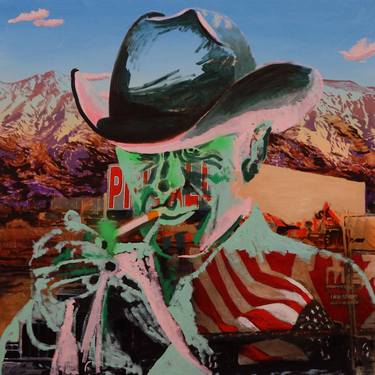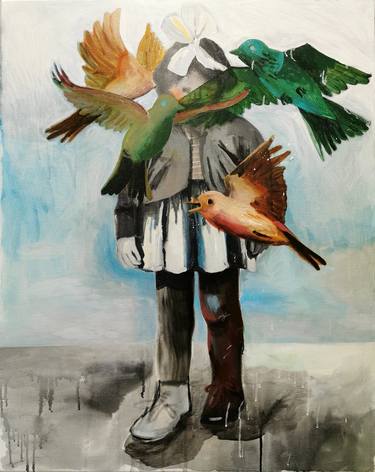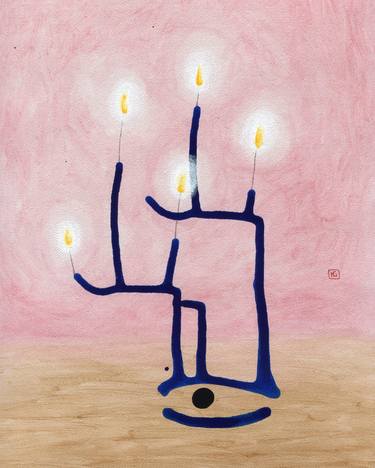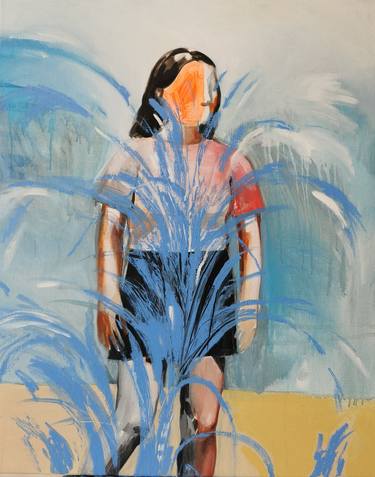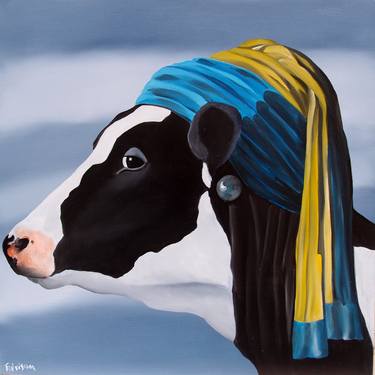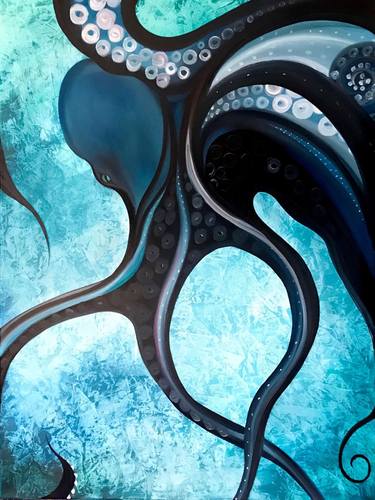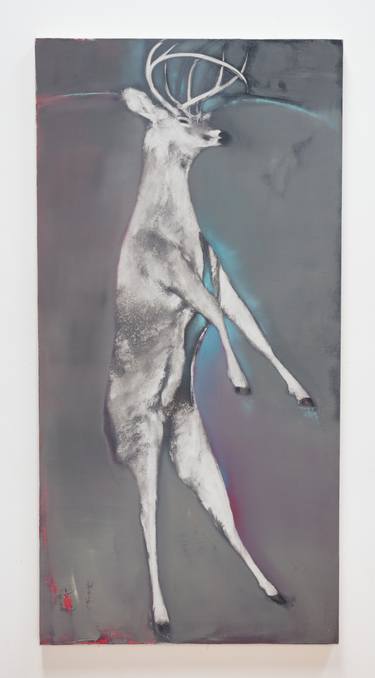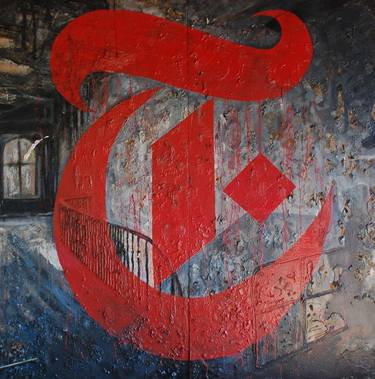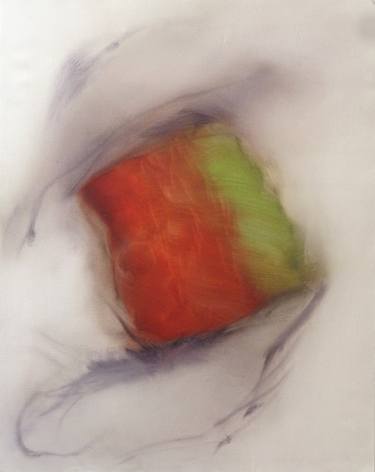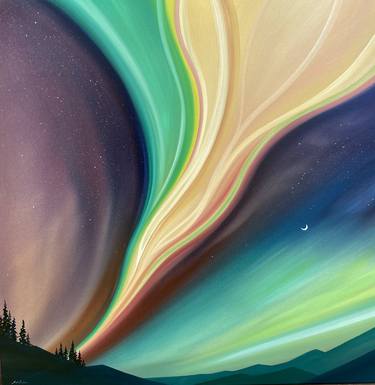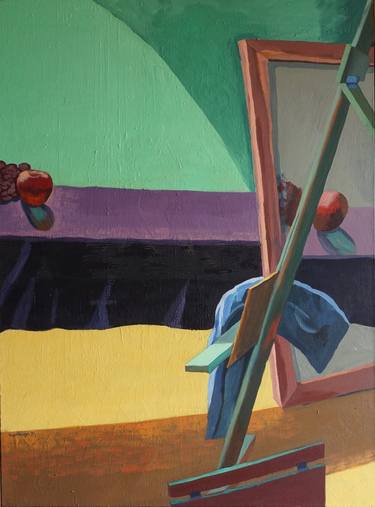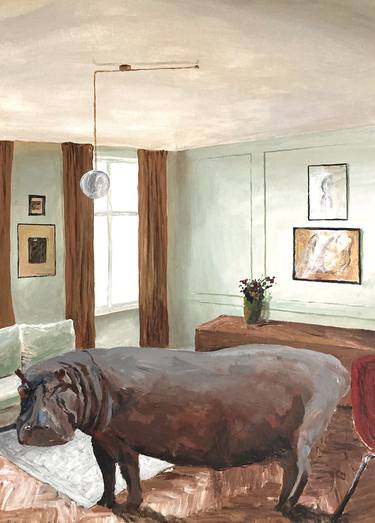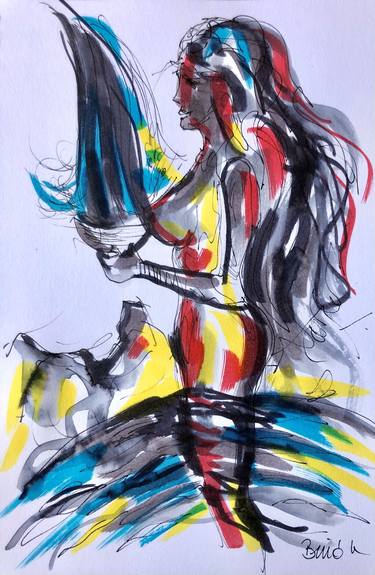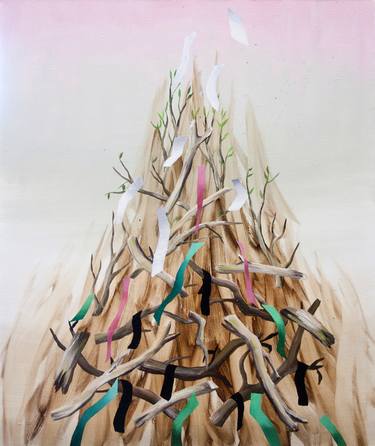Artworks In Your Cart Are Not Reserved.
- All Artworks
- Paintings
- Surrealism
Surrealism Paintings For Sale
Browse art and see similar matches
Try Visual Search
Category
Filter (1)
Whether you are looking for an original Surrealism painting or a high quality art print, Saatchi Art has over 46,286 original Surrealism paintings for sale from emerging artists around the world.
Read More
Filter
Category
Style
Subject
Medium
Material
Price
Size
Orientation
Color
Artist Country
Featured Artist
Paintings
, 39.4 W x 39.4 H x 0.4 D in
Hungary
$1,300
Prints from $250
Paintings
, 39.8 W x 29.9 H x 1.2 D in
Australia
$1,980
Prints from $40
Paintings
, 25.6 W x 33.5 H x 1 D in
Ukraine
$1,090
Prints from $40
Paintings
, 39.4 W x 47.2 H x 0.8 D in
Germany
$5,340
Paintings
, 7.5 W x 11 H x 0.1 D in
$1,340
Prints from $100
Paintings
, 31.5 W x 23.6 H x 0.1 D in
Argentina
$2,170
Prints from $40
Paintings
, 18.1 W x 18.1 H x 1.2 D in
Italy
$1,760
Paintings
, 24 W x 24 H x 1 D in
United States
$1,160
Paintings
, 15.7 W x 15.7 H x 0.2 D in
Spain
$540
Prints from $90
Paintings
, 9.4 W x 11.8 H x 0.8 D in
France
$910
Prints from $40
Paintings
, 40.9 W x 28 H x 1.2 D in
Croatia
$1,330
Paintings
, 11.8 W x 11.8 H x 0.8 D in
Netherlands
$330
Prints from $69
Paintings
, 18 W x 24 H x 0.2 D in
United States
$1,640
Prints from $100
Paintings
, 19.7 W x 19.7 H x 0.8 D in
Italy
$1,910
Paintings
, 18.1 W x 21.7 H x 1 D in
Poland
$1,980
Paintings
, 16 W x 20 H x 0.1 D in
United Kingdom
$330
Prints from $40
Paintings
, 36 W x 48 H x 1.5 D in
United States
$6,150
Paintings
, 24 W x 32 H x 0.1 D in
United States
$2,550
Paintings
, 70.9 W x 59.1 H x 1.2 D in
Italy
$5,500
Paintings
, 61 W x 39.4 H x 1.2 D in
Bulgaria
$9,650
Prints from $92
Paintings
, 51.2 W x 74.8 H x 1.2 D in
Spain
$5,130
Prints from $55
Paintings
, 37.4 W x 31.5 H x 0.8 D in
Romania
$3,790
Prints from $100
Paintings
, 18.9 W x 18.9 H x 0.8 D in
Romania
$1,550
Prints from $100
Paintings
, 60 W x 72 H x 1 D in
United States
$10,250
Prints from $42
Paintings
, 17.5 W x 13.8 H x 0.1 D in
Poland
$420
Prints from $100
Paintings
, 47.2 W x 39.4 H x 1.2 D in
Austria
$2,850
Prints from $40
Paintings
, 47.2 W x 47.2 H x 0.8 D in
Poland
$5,700
Paintings
, 26 W x 40 H x 0.5 D in
Colombia
$3,550
Prints from $100
Paintings
, 78 W x 39 H x 1 D in
Thailand
$1,420
Paintings
, 56.3 W x 70.9 H x 2 D in
Poland
$4,460
Paintings
, 29.9 W x 22 H x 0.1 D in
$570
Paintings
, 47.2 W x 47.2 H x 0.8 D in
Poland
$5,700
Paintings
, 13.4 W x 13.4 H x 1.2 D in
Italy
$1,040
Paintings
, 31.5 W x 39.4 H x 2 D in
Belgium
$2,410
Prints from $60
Paintings
, 8 W x 10 H x 0.8 D in
United States
$570
Paintings
, 31.5 W x 39.4 H x 2 D in
Belgium
$2,650
Prints from $40
Paintings
, 19.7 W x 19.7 H x 0.8 D in
Italy
$3,000
Paintings
, 39.4 W x 29.5 H x 0.1 D in
$1,250
Paintings
, 30 W x 40 H x 1 D in
United States
$1,775
Prints from $49
Paintings
, 16 W x 20 H x 1.5 D in
United States
$1,220
Paintings
, 36 W x 72 H x 2 D in
United States
$7,200
Paintings
, 96 W x 96 H x 3 D in
United States
$15,500
Paintings
, 12 W x 12 H x 1 D in
United States
$840
Prints from $100
Paintings
, 28.7 W x 36.2 H x 0.8 D in
France
$2,380
Prints from $40
Paintings
, 36 W x 36 H x 1 D in
United States
$1,575
Prints from $65
Paintings
, 34 W x 46 H x 2 D in
United States
$2,350
Prints from $44
Paintings
, 19.7 W x 27.6 H x 1.2 D in
$1,550
Prints from $42
Paintings
, 5.5 W x 8.3 H x 0.1 D in
Hungary
$220
Prints from $70
Paintings
, 40 W x 28 H x 0.8 D in
Germany
$3,380
Paintings
, 21.3 W x 25.6 H x 1 D in
Poland
$2,130
50 Results Per Page

